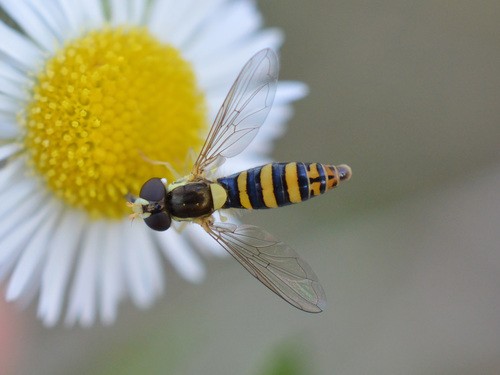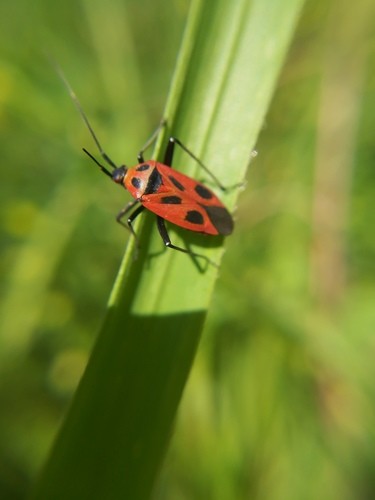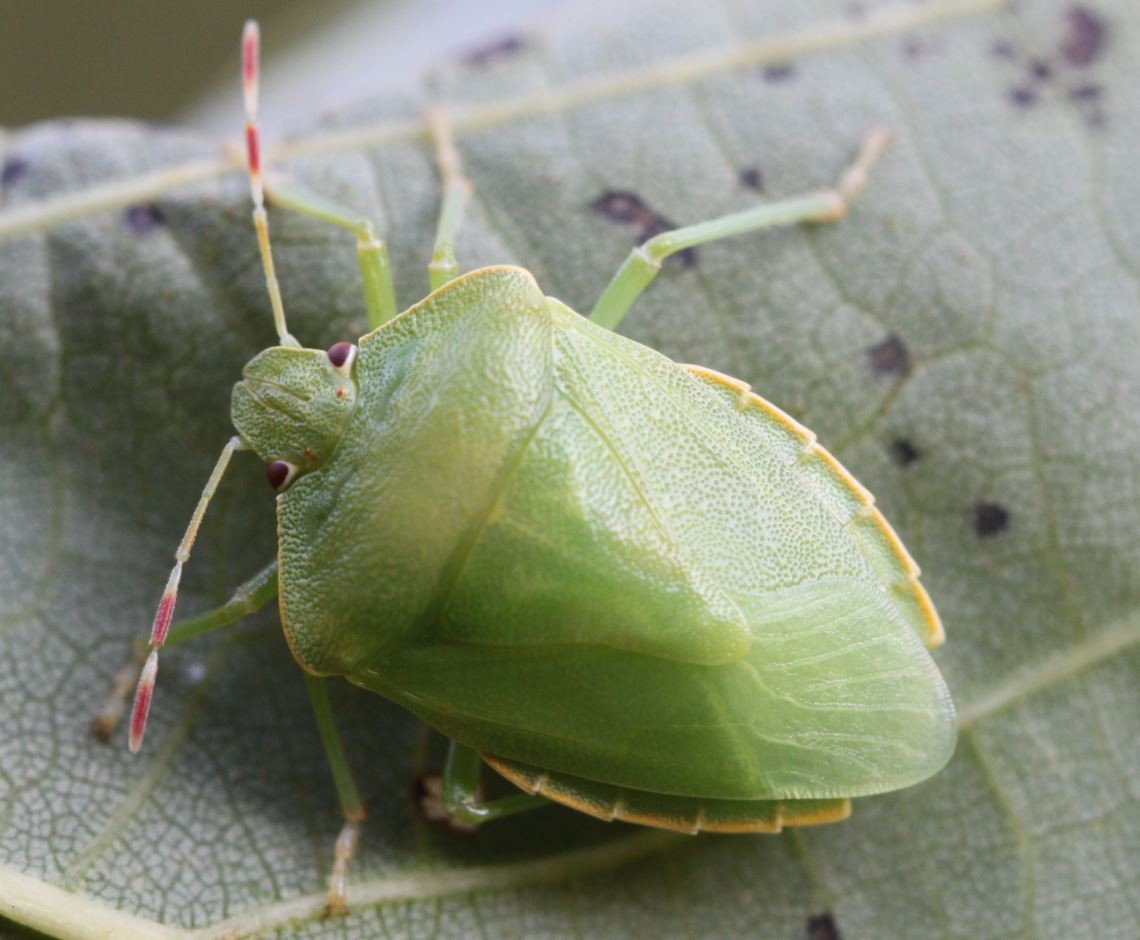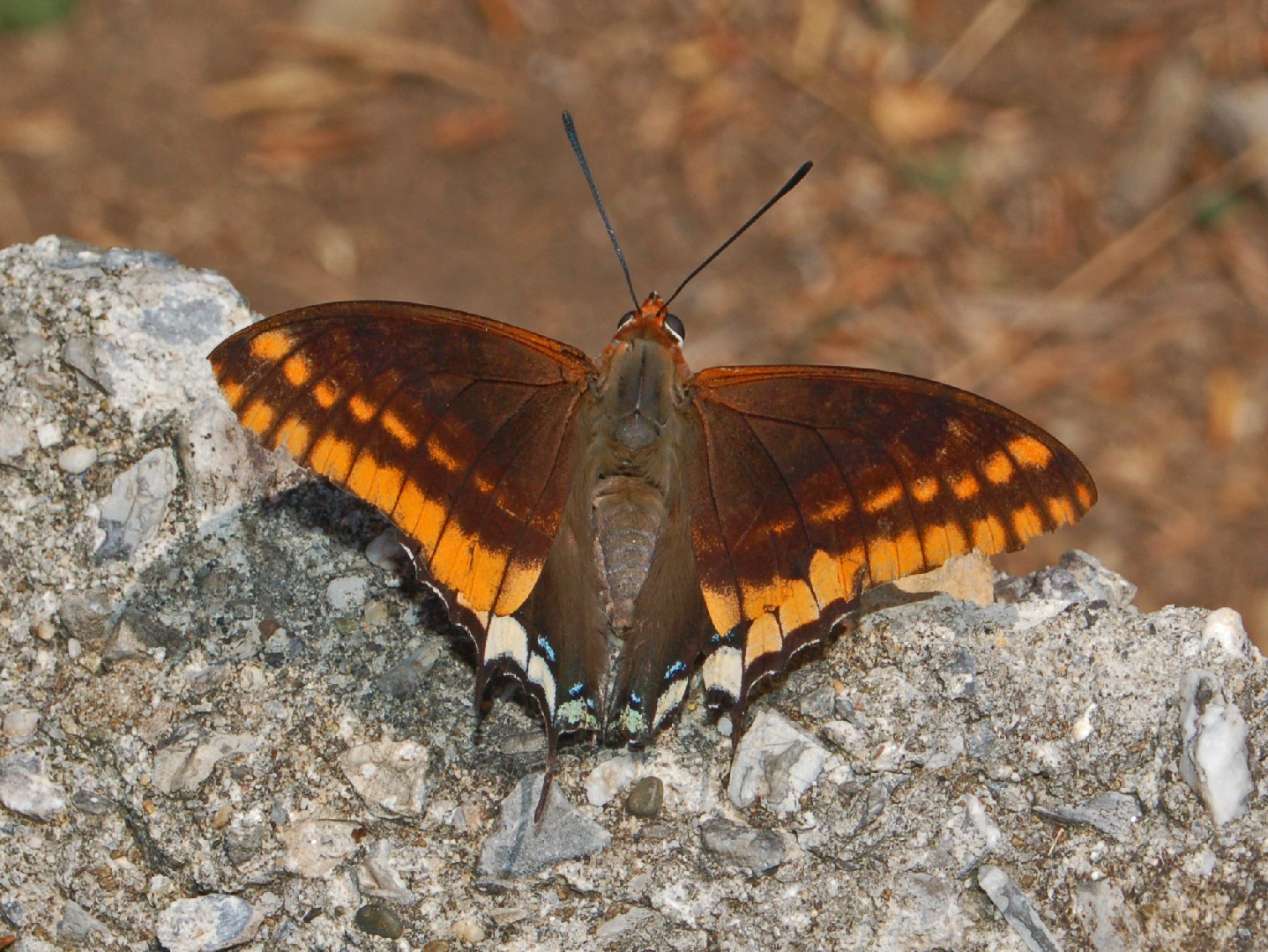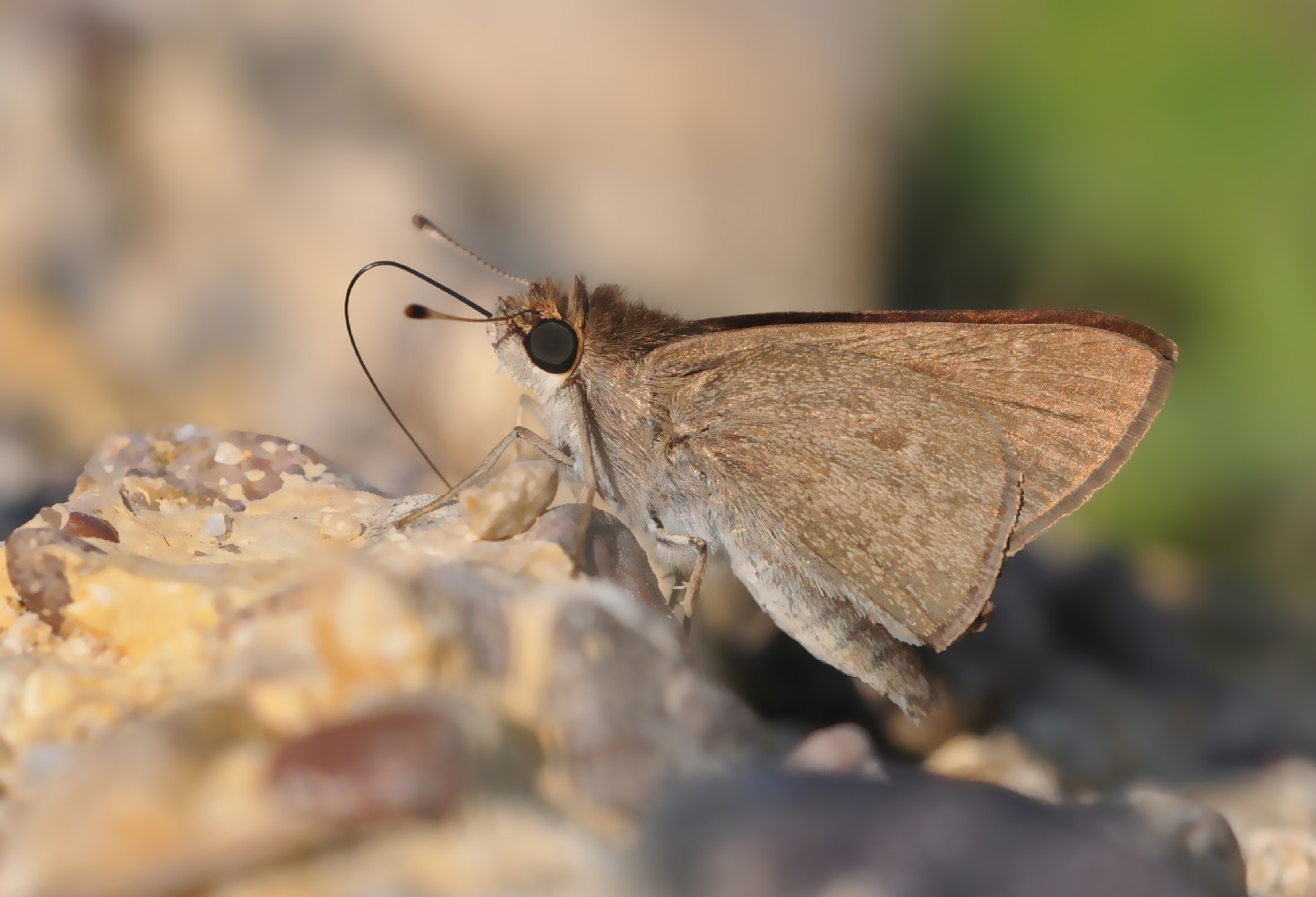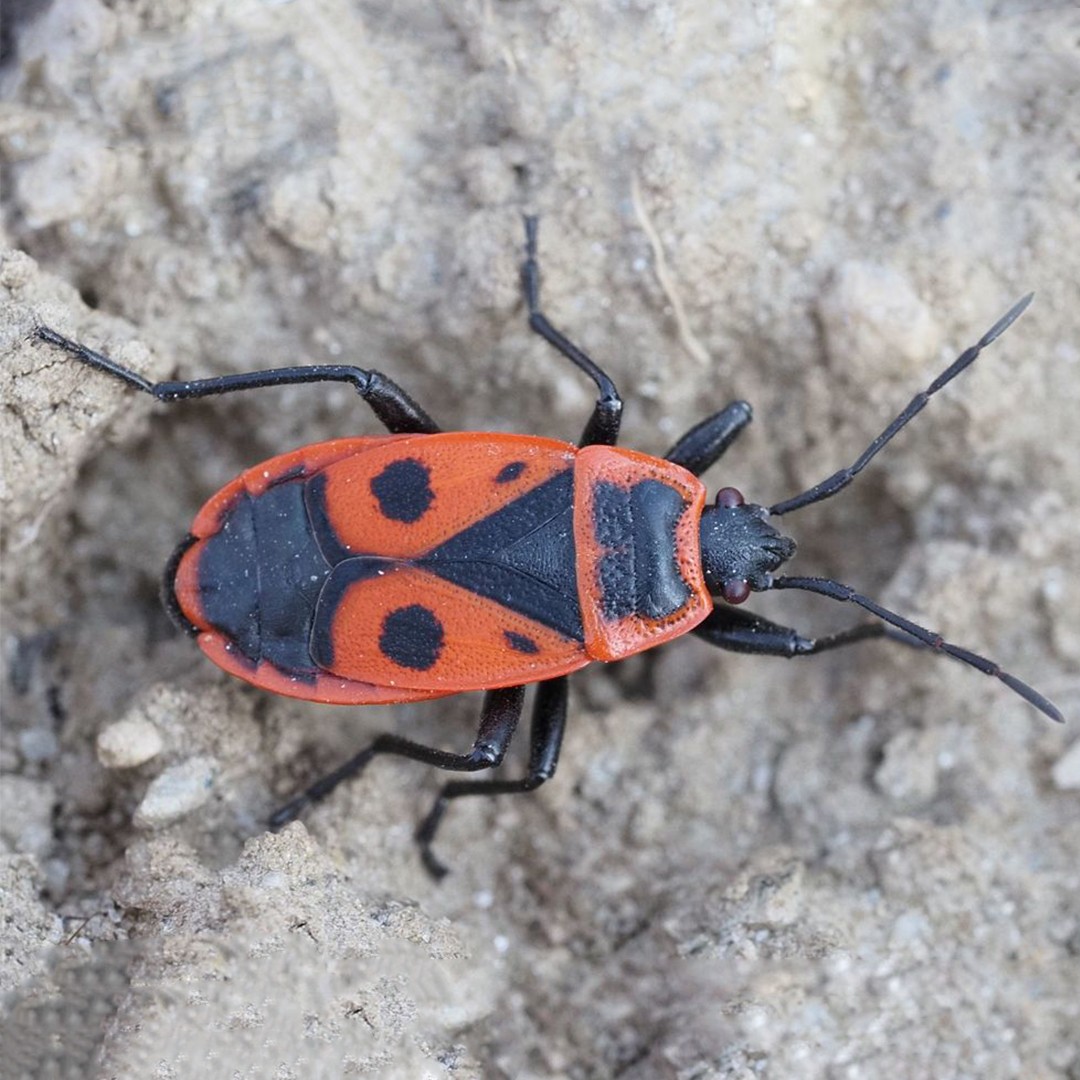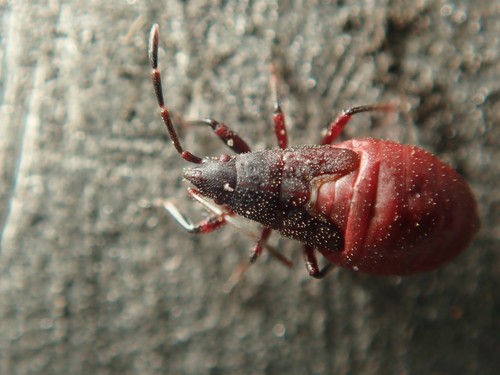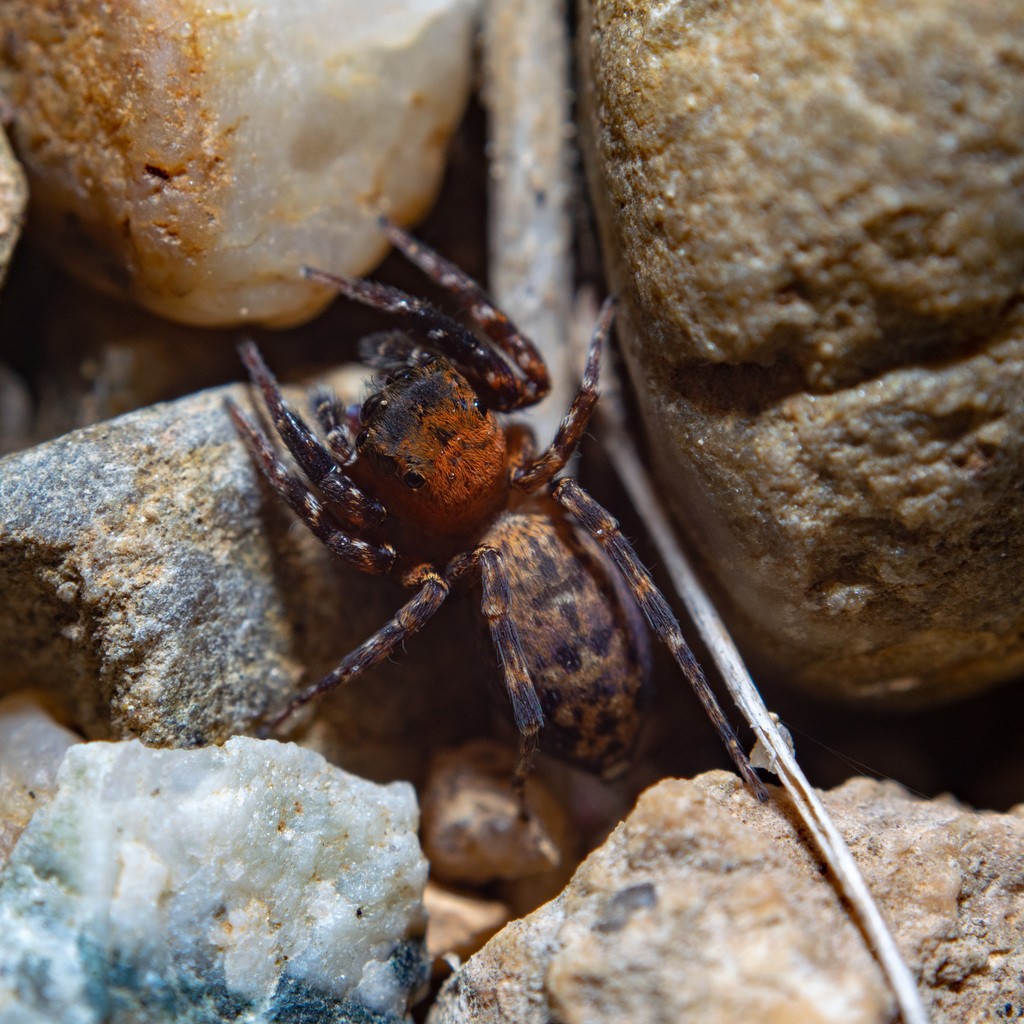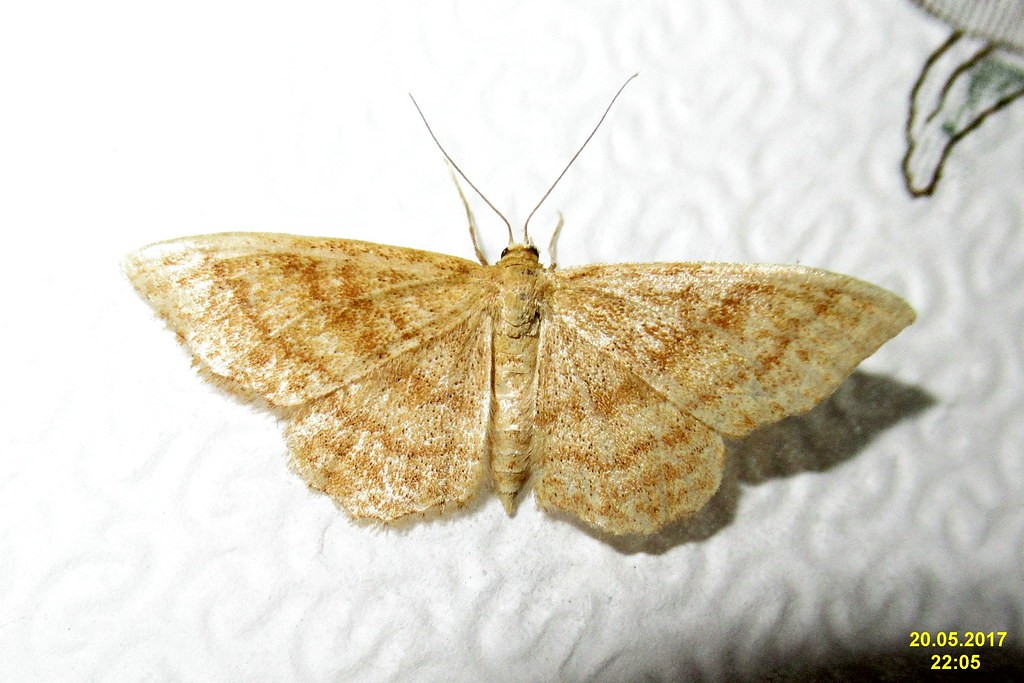Top 19 Most Common Insects in Nabeul
Insects, with their exoskeletons, segmented bodies, and jointed appendages, are intriguing creatures that inhabit diverse environments in Nabeul. Nabeul's various geographical elements offer a wide array of habitats, greatly influencing insect diversity. Insects play crucial roles in ecosystems, assisting with pollination and pest control. Therefore, understanding the relationships between insects, both beneficial and pests, and the environments within Nabeul are fascinating topics worth exploring in our list of the 'Top 19 Most Common Insects' in Nabeul.
Most Common Insects
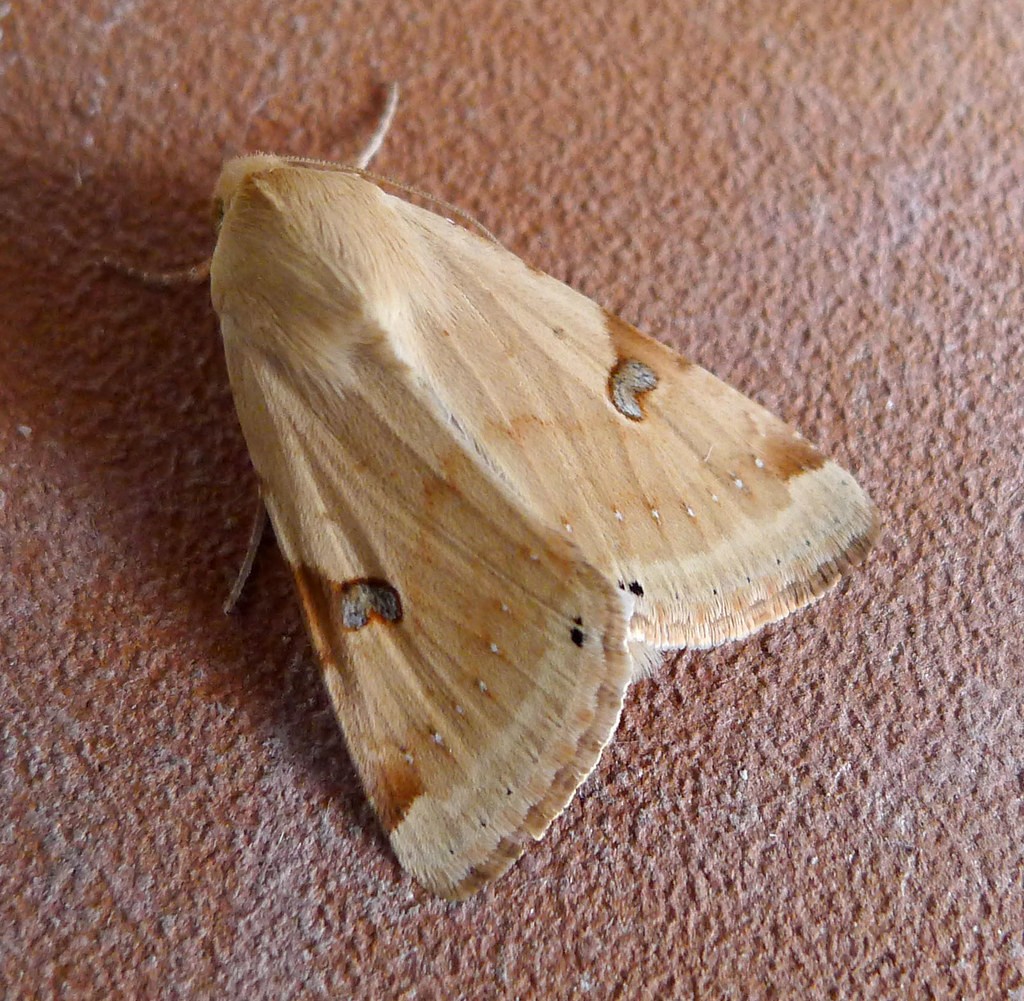
1. Bordered Straw
Heliothis peltigera has a wingspan of 29–40 mm and forewings reaching a length of 16–19 mm. These moths are rather variable in pattern and colour. Forewings are usually greyish ochreous, flushed with pale brown, except the narrow marginal area; lines are brown, indistinct; orbicular stigma is a dark dot. On middle of costa there is a reniform grey dot, with dark brown edge and centre, joined to a brown mark. A brown band appears between outer and submarginal lines. A black dot is present below vein 2 before margin. Hindwings show a broad brown-black marginal border, containing a pale blotch between 2 and 4. Cellspot is dark and fringes are white. Larvae are reddish grey or ochreous, dotted with white. Dorsal and subdorsal lines are dark, while spiracular line is white. This species is quite similar to Heliothis nubigera, that shows less evident kidney markings, and to Helicoverpa armigera, that has lighter colored hindwings. 
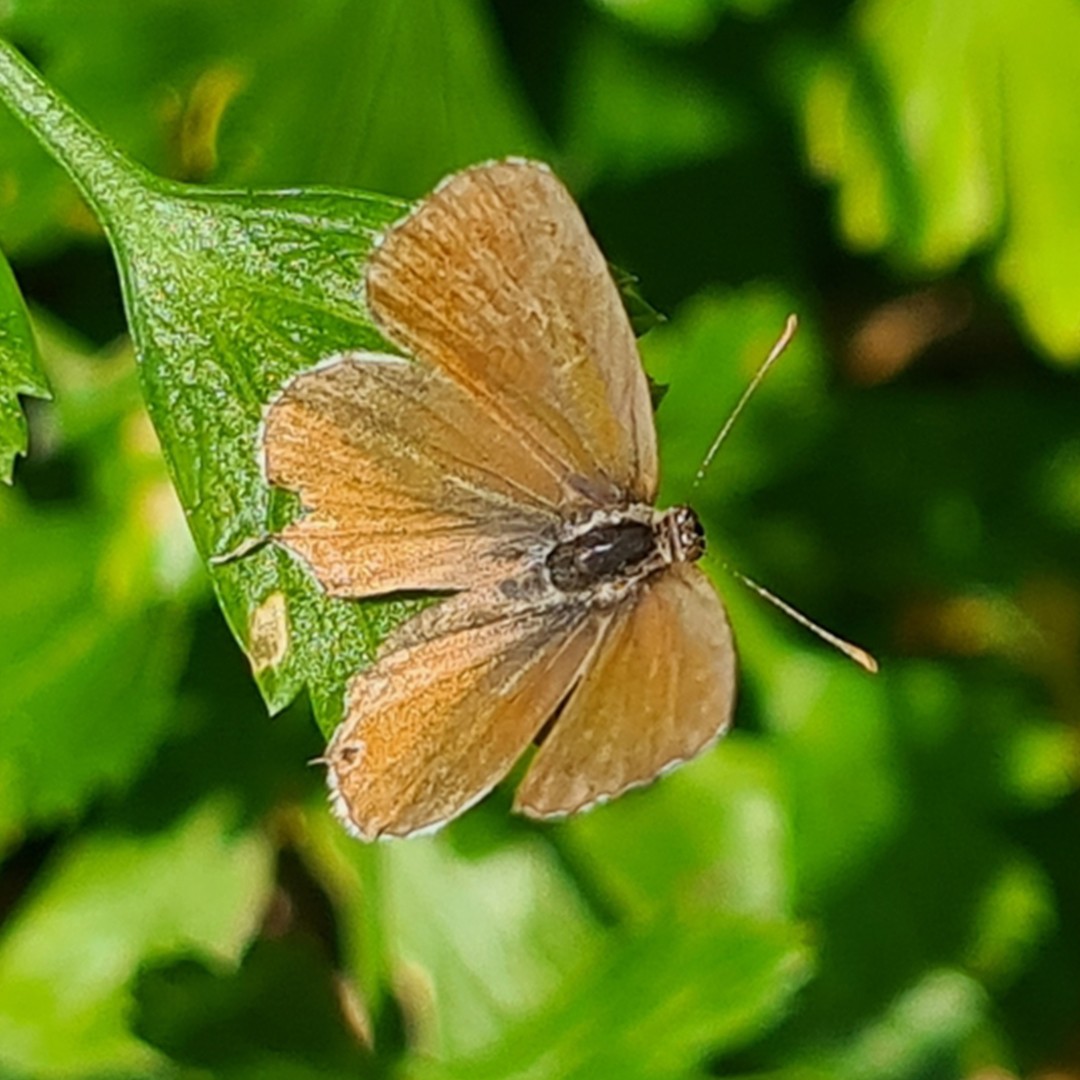
2. Geranium bronze
The adult geranium bronze butterfly's wingspan ranges from 15–23 mm in males and 18–23 mm in females. The wings are brown/bronze with a white border outlining the wings. The underside is a grey-brown with darker bands interlaced with white, creating an intricate pattern. The hindwings contain an eye spot in order to divert predators from attacking. The male and female are similar in appearance. 
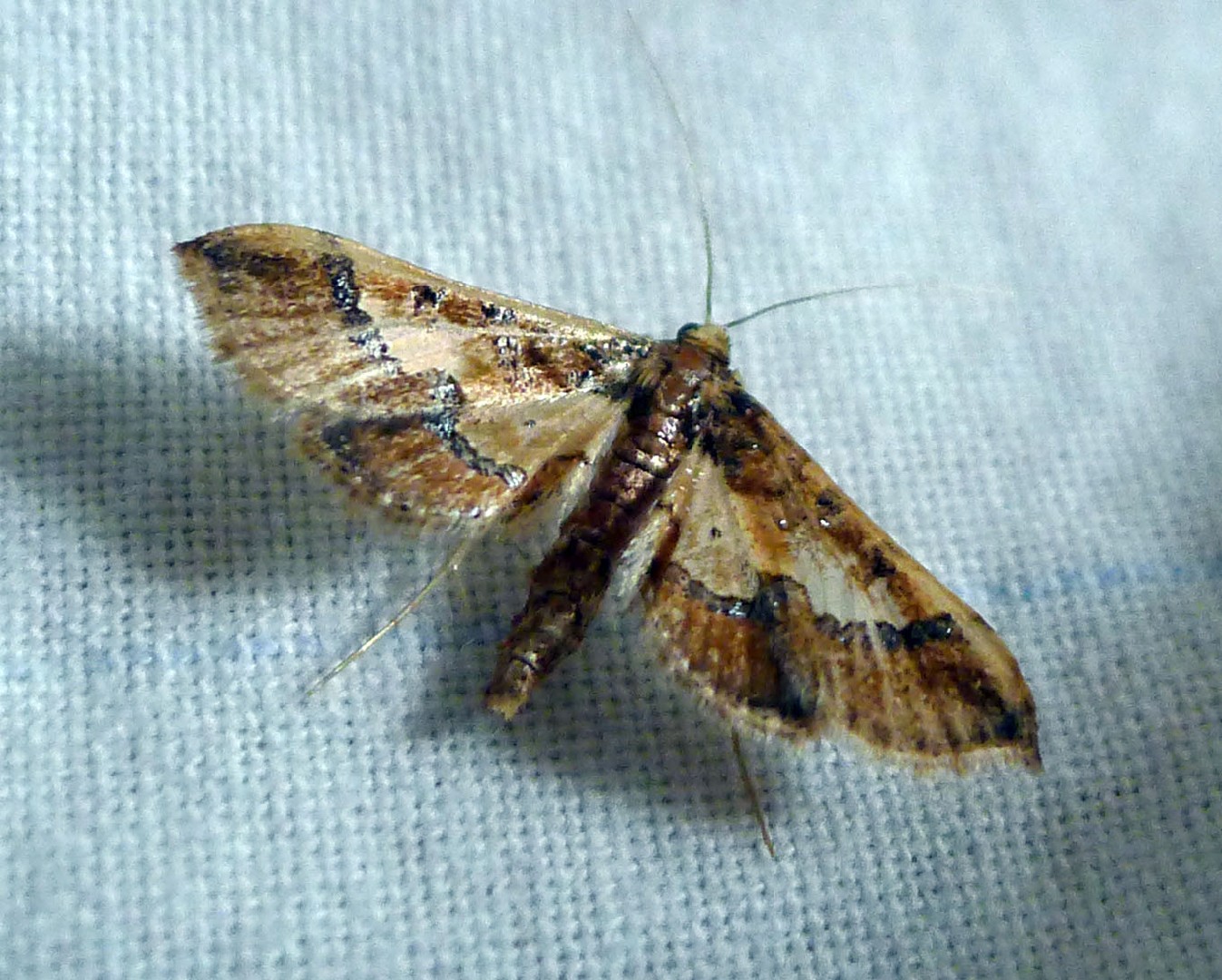
3. Ornate hydriris
The wingspan is about 1.6 cm. 
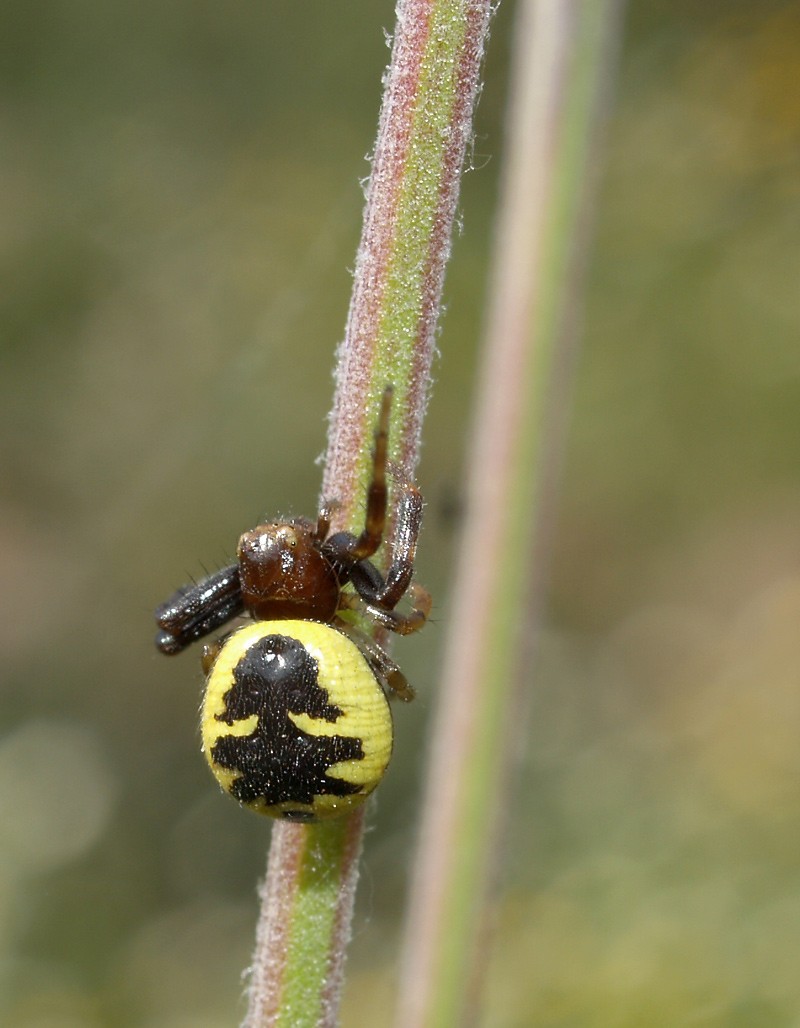
4. Napoleon spider
The adult males reach 2 - 4 mm in length, while females are 7 - 8 mm long. The two pairs of the front legs, used for hunting the flower-feeding insects, are more developed than the rear ones, which have a predominant motor function. Mature males have a black abdomen with two white marks. In mature females, the background colour of the abdomen can be red, yellow or white, with a black pattern which has been noted for a certain resemblance to the silhouette of Napoleon. Prosoma and legs are black or dark brown. 
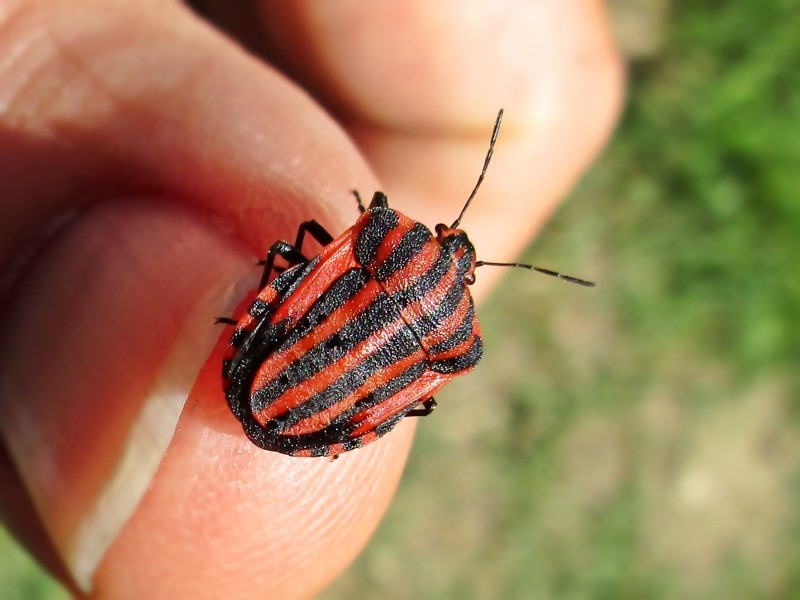
5. North african and sicilian striped shield bug
G. lineatum can reach a length of 8–12 mm (0.31–0.47 in). The body is almost round, with a large shield. The basic color of the upperside of the body is orange yellow, with wide black longitudinal stripes. The pronotum has six black bands. The antennae are black. Also the sides of the abdominal segments (connexivum) are yellow with many small black spots. The legs are mostly orange, which distinguishes it from its relative, G. italicum. 
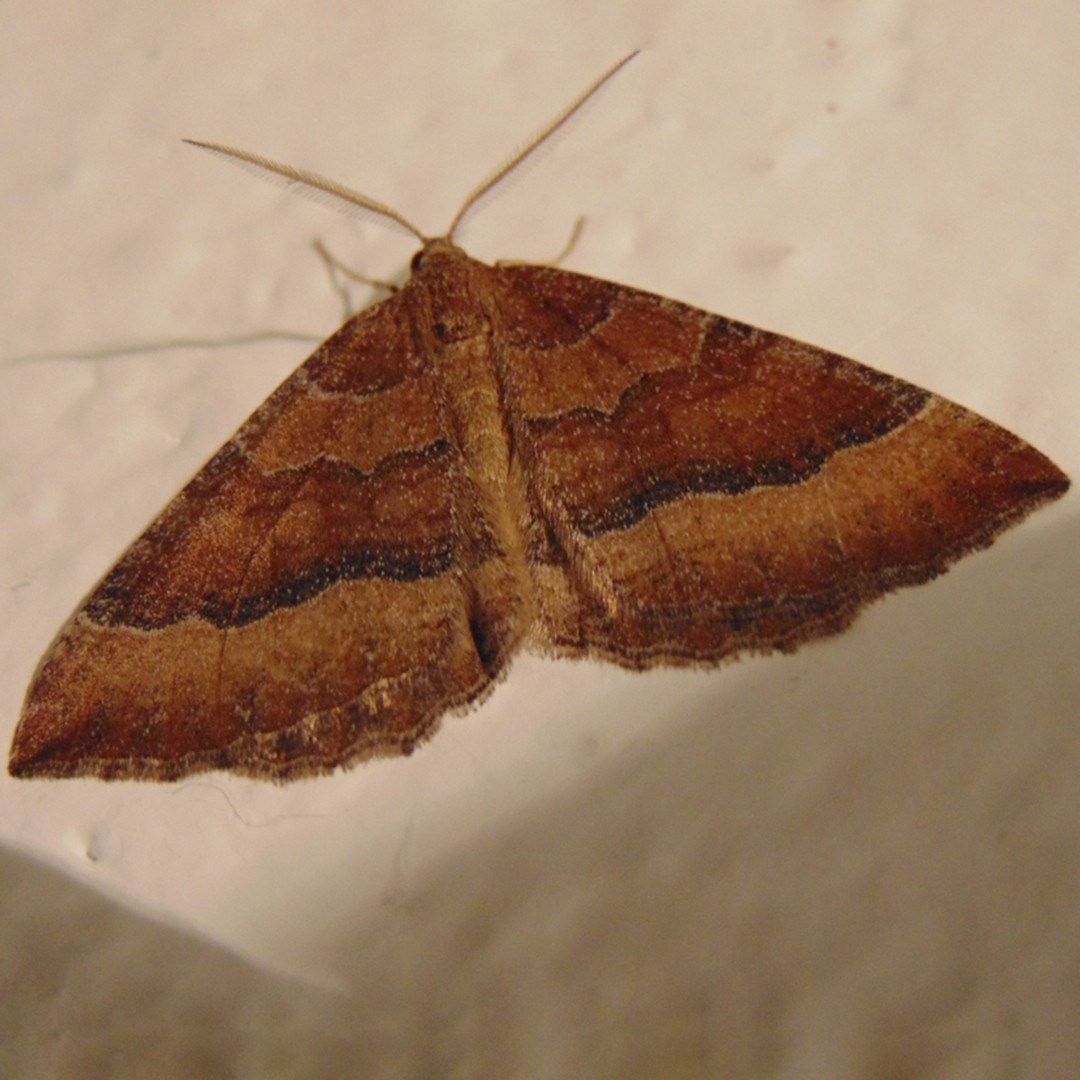
6. Mallow
Larentia clavaria, the mallow, is a moth of the family Geometridae. The species was first described by Adrian Hardy Haworth in 1809. It is found from Siberia (Altai Mountains) in the east to the Iberian Peninsula, North Africa, and the British Isles in the west. In the north it ranges to the Caucasus, Tajikistan and Fennoscandia. In the south it is found the western Mediterranean islands, Italy, the Balkans and Asia Minor. It occurs only locally and is almost always rare. In the Alps, it rises up to 1200 m above sea level. The wingspan is 36–40 mm. Forewings are fawn colour with a browner basal patch, median band and distal shade, all finely and delicately white-edged distally, the median band also accompanied by a fine white line proximally, sharply indented on the submedian fold and more shallowly in the cell. Hindwing pale, becoming browner at the distal margin. The moth flies from August to November depending on the location. The larvae feed on Althaea officinalis and Malva species. 
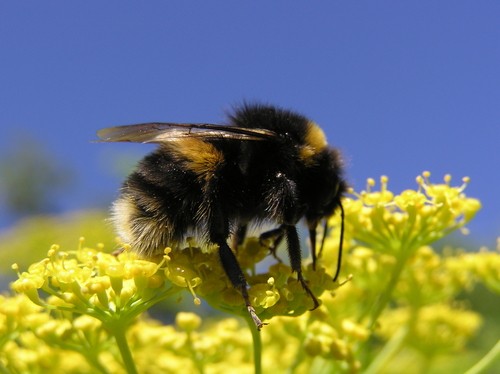
7. Buff-tailed bumble bee
A popular pollinating species in European greenhouses, buff-tailed bumble bee (Bombus terrestris) is one of the more common species of bumblebee worldwide. This species displays comparatively high levels of intelligence, recognizing flowers by color and navigating several miles (if necessary) to return to the hive. Unlike many other bee species, the queen of a buff-tailed bumble bee hive will only mate with one male.
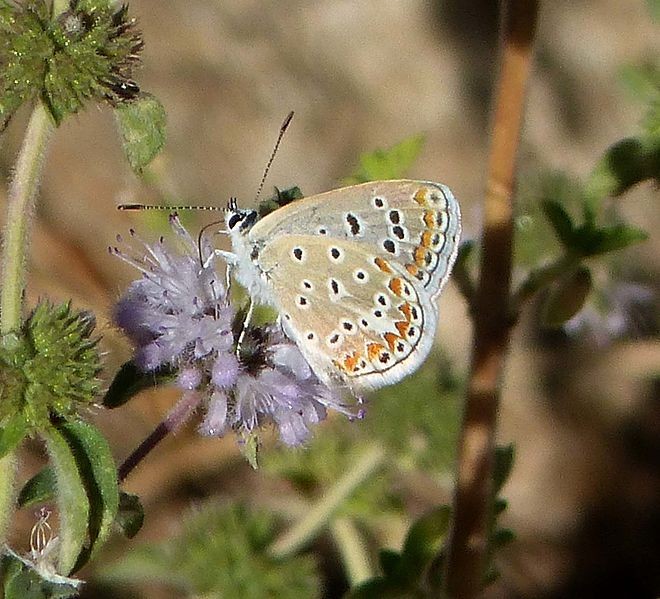
8. Polyommatus celina
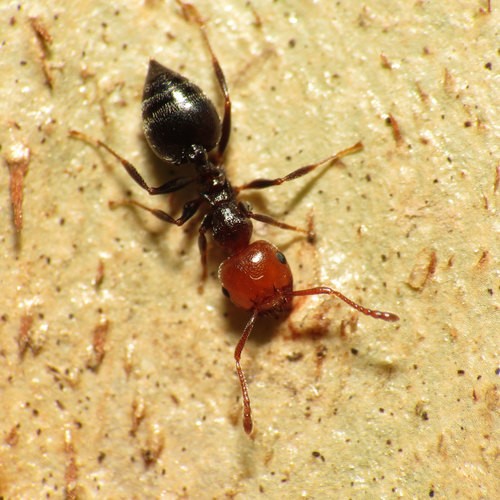
9. Crematogaster scutellaris
The Crematogaster scutellaris is a type of ant that is a reddish-grey coloring. It commonly builds its nest in the stumps of trees. Its nest is made with a combination of chewed wood and humus. Humus is decomposed organic material in the dirt, not the food kind. When it comes to queens, there can be multiple in one nest, but they are far apart from one another due to their aggression.
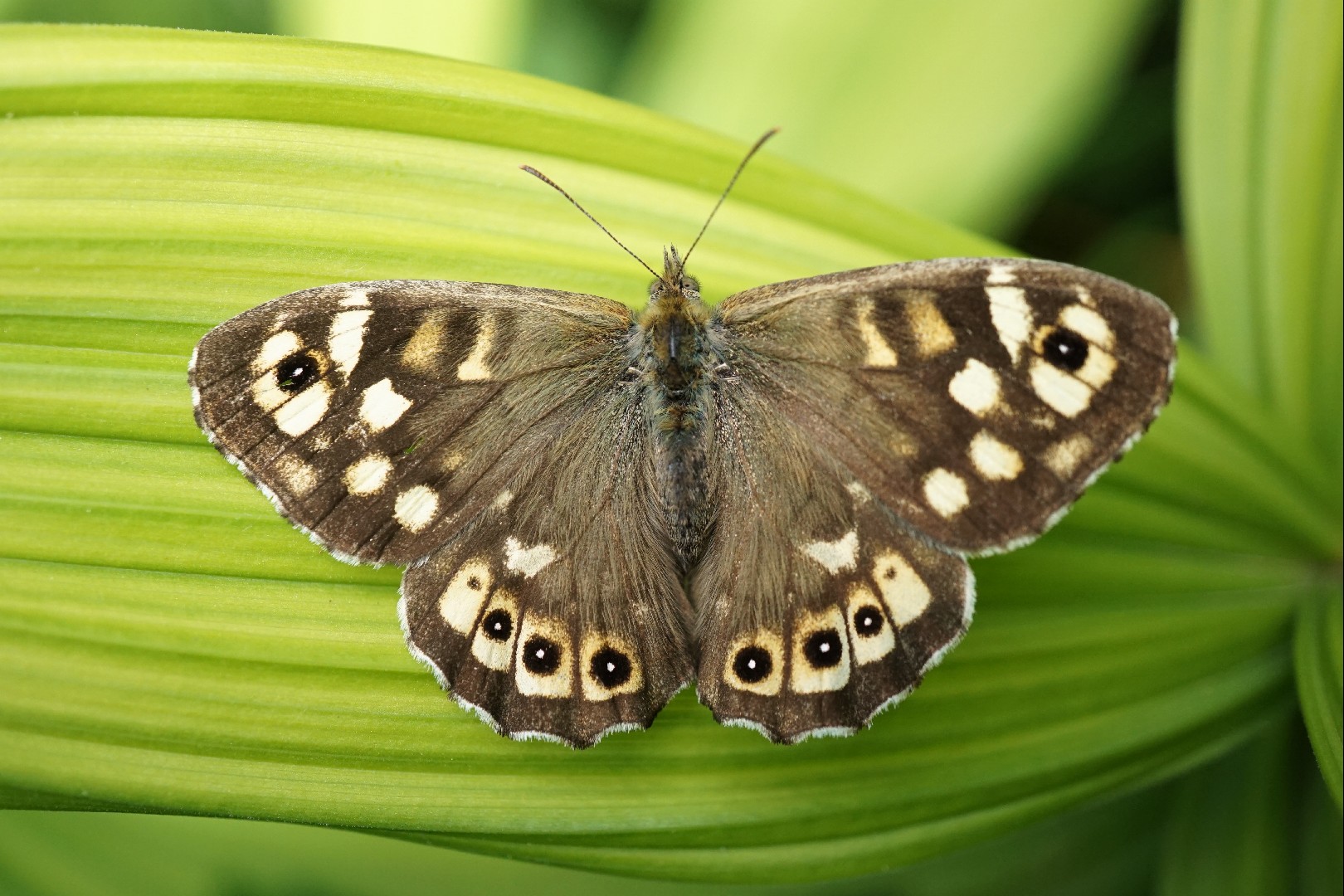
10. Speckled wood
The speckled wood (Pararge aegeria) prefers to live in damp, dark woodlands. Unlike other butterflies, it's more active in shadier habitats rather than sunny ones. Males often fight over a perch, spiraling up to the treetops until they determine a winner. These perches are where the males find passing females.
More
